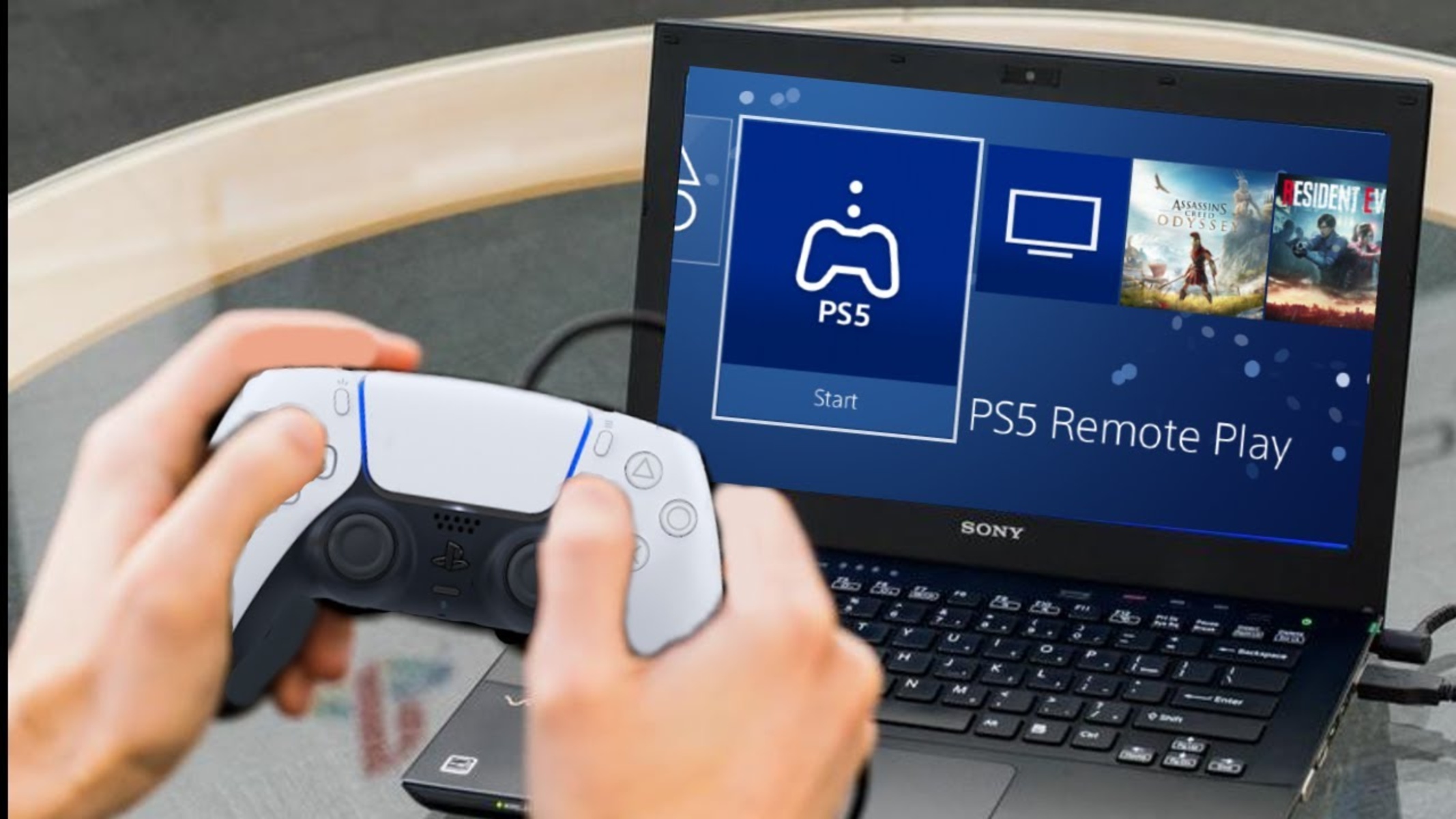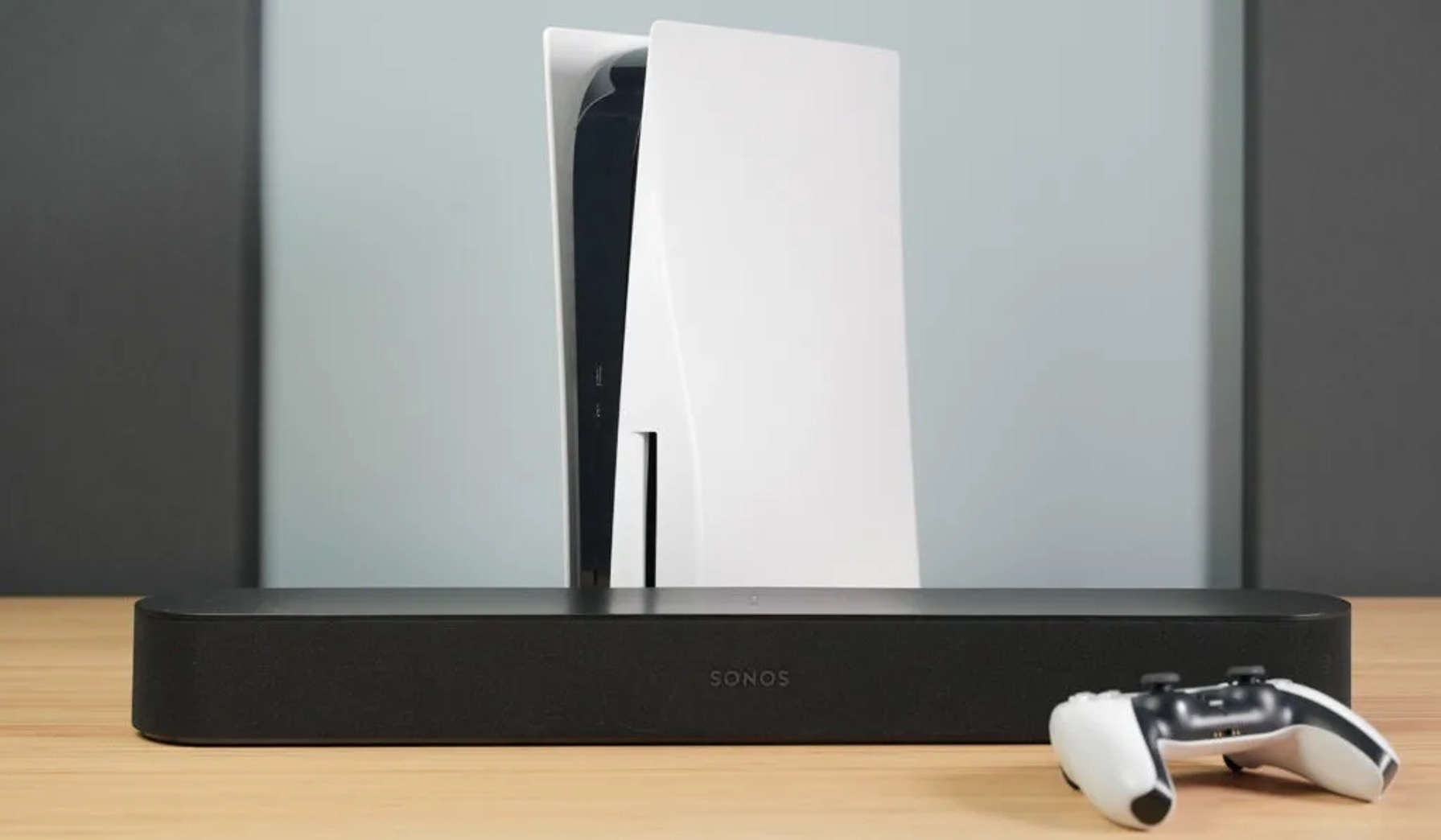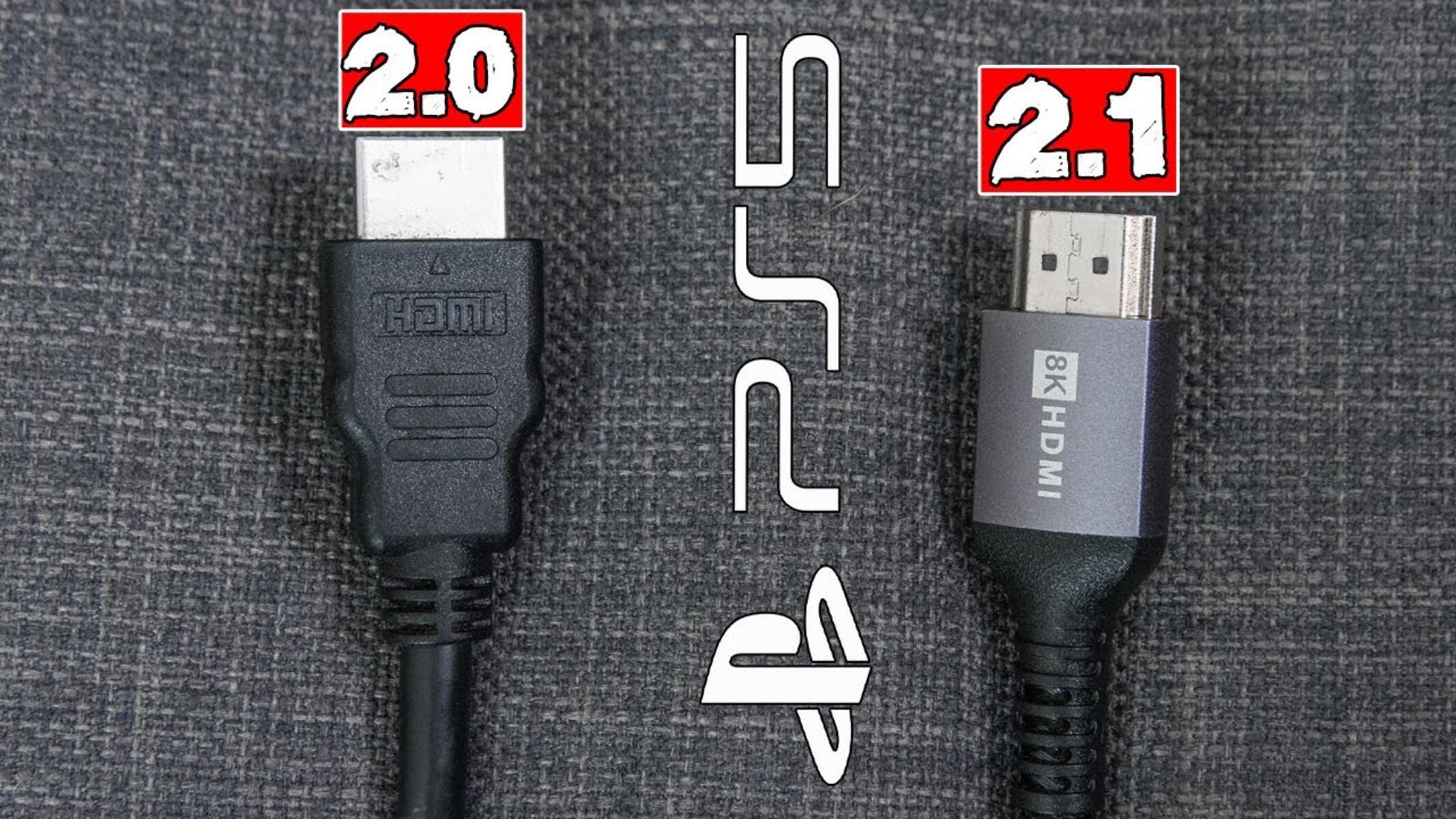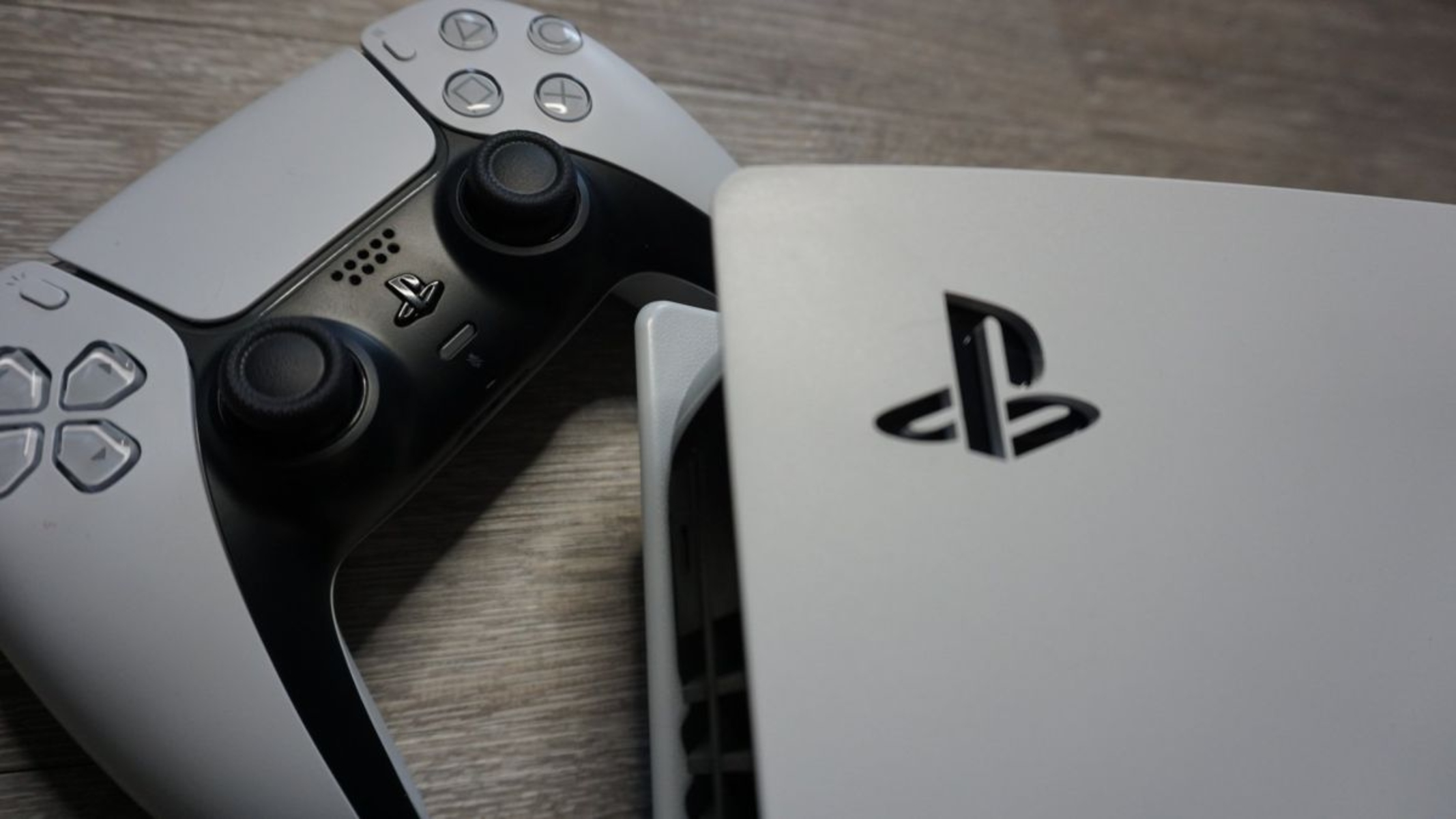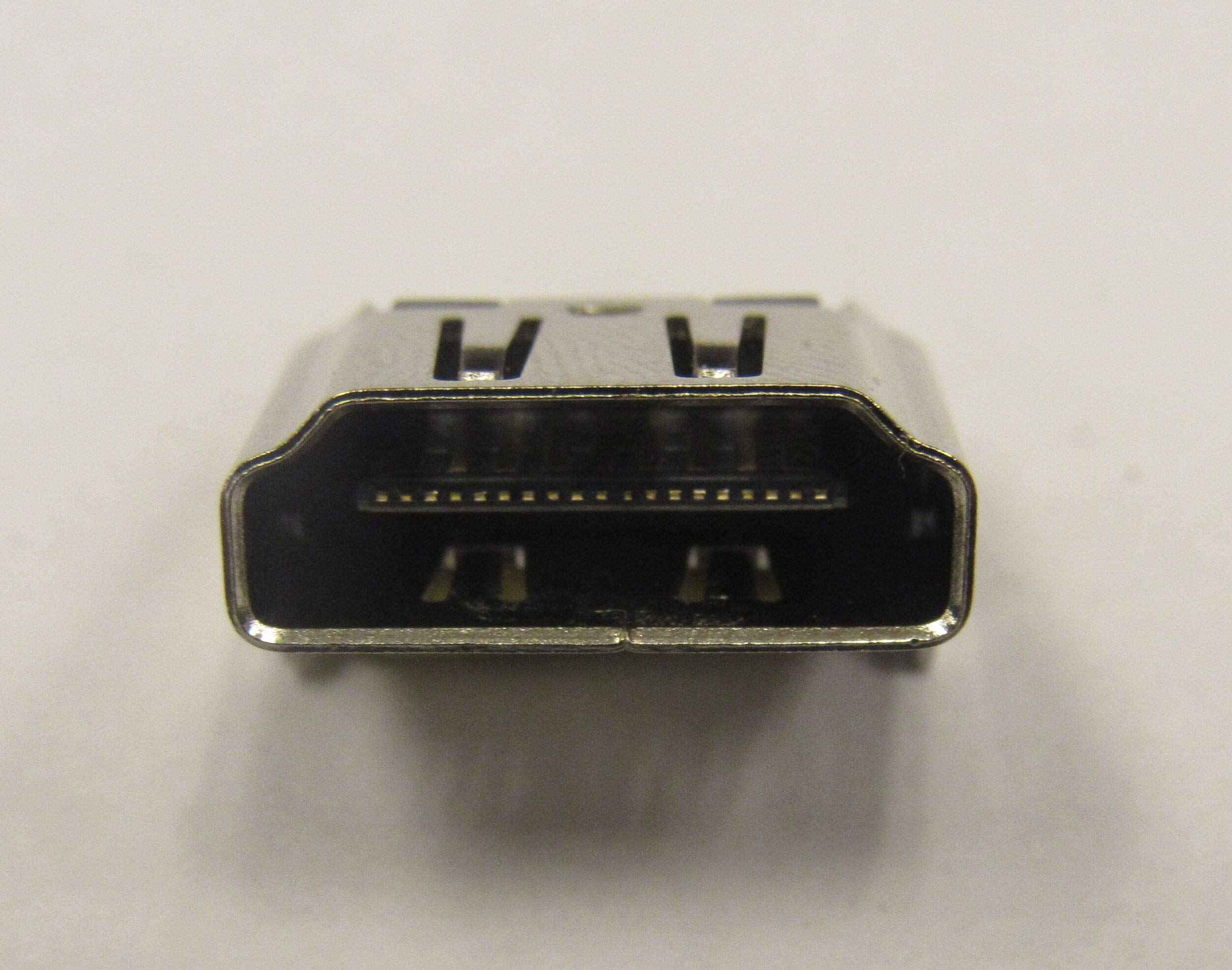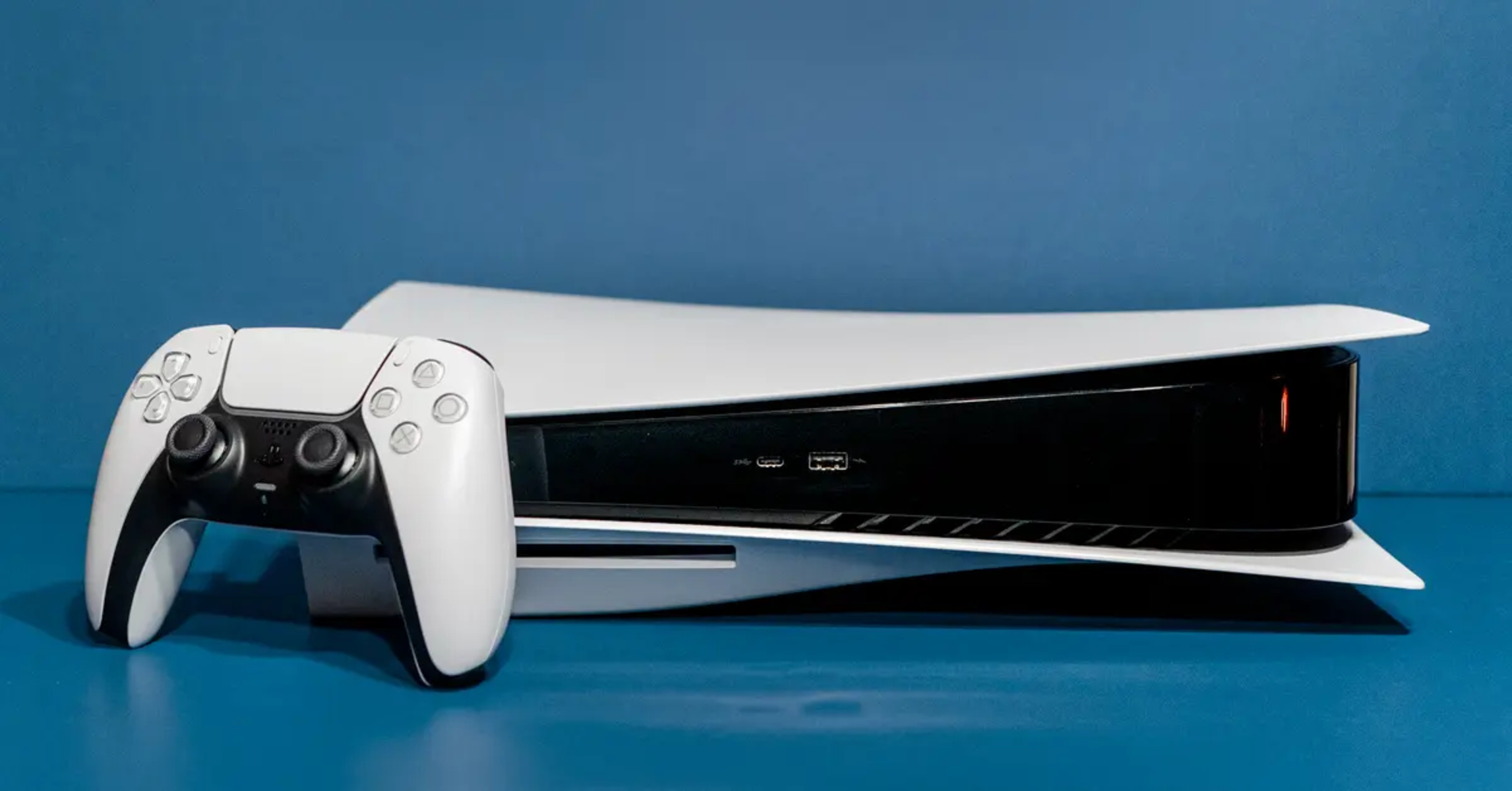Introduction
Welcome to our guide on HDMI cables and the type that comes with the PS5. HDMI (High-Definition Multimedia Interface) cables play a crucial role in delivering high-quality audio and video signals between devices. As technology advances, it is important to understand the different types of HDMI cables and their specifications to ensure optimal performance and compatibility.
HDMI cables have undergone several iterations, with each version bringing improvements in resolution, refresh rates, color depth, audio support, and more. It is essential to choose the right HDMI cable to fully experience the capabilities of your devices, such as gaming consoles, Blu-ray players, 4K TVs, and sound systems.
In this guide, we will explain the various HDMI cable types, delve into HDMI specifications, and provide information on the HDMI cable included with the PS5. Additionally, we will discuss HDMI cable compatibility and share some tips on upgrading your HDMI cable if necessary.
So, whether you are a gaming enthusiast eager to maximize your PS5 gaming experience or simply looking to connect your home entertainment setup, this guide will provide you with the necessary knowledge to make informed decisions regarding HDMI cables. Let’s dive in!
HDMI Cable Types
When it comes to HDMI cables, there are several different types available on the market. The most common ones include:
- HDMI Standard Speed Cable: Also known as Category 1, these cables support resolutions up to 1080i and are suitable for everyday consumer electronics use.
- HDMI High Speed Cable: Also known as Category 2, these cables are designed for higher bandwidth needs, supporting resolutions up to 4K, higher refresh rates, and deep color. They are ideal for gaming consoles, 3D displays, and home theater setups.
- HDMI Premium High Speed Cable: These cables meet the stringent requirements of the HDMI 2.0b specification, supporting resolutions up to 4K Ultra HD with HDR (High Dynamic Range) and a refresh rate of 60Hz. They are recommended for enthusiasts who want the best possible visual and audio experience.
- HDMI Ultra High Speed Cable: Introduced with the HDMI 2.1 specification, these cables support resolutions up to 10K, higher refresh rates, Variable Refresh Rate (VRR) for gaming, Quick Frame Transport (QFT) for reduced latency, and Enhanced Audio Return Channel (eARC) for advanced audio formats. They are the top-of-the-line choice for gamers and home theater enthusiasts looking for cutting-edge performance.
It’s important to note that while the capabilities of these cables differ, they are all backward compatible. This means that a higher-speed HDMI cable can be used with devices that only require a lower speed. However, to take full advantage of the features and resolutions supported by a particular HDMI cable, it is recommended to use the appropriate cable type.
Now that you have an understanding of the different HDMI cable types, the next section will explore the specifications associated with HDMI cables.
HDMI Specifications
Understanding HDMI specifications is crucial when selecting the right cable for your devices. HDMI cables are designed to meet certain standards and specifications that determine their performance and capabilities. Here are some key specifications to know:
- Version: HDMI cables are identified by their version numbers, such as HDMI 1.4, HDMI 2.0, and HDMI 2.1. Each version introduces new features and enhancements, including support for higher resolutions, refresh rates, color depths, and audio formats. It’s important to ensure that your devices and cables are compatible with the required version.
- Bandwidth: Bandwidth refers to the data transfer rate of the cable. Higher bandwidth allows for faster and more efficient transmission of audio and video signals. As HDMI versions advance, so does the bandwidth capacity. For example, HDMI 2.0 has a bandwidth of 18 Gbps, while HDMI 2.1 supports up to 48 Gbps, allowing for the transmission of higher resolutions and advanced features.
- Color Depth: Color depth refers to the number of bits used to represent colors in a video signal. A higher color depth results in more accurate and vibrant colors. HDMI cables support various color depths, including 8-bit, 10-bit, and 12-bit. The higher the color depth, the more accurate and detailed the colors will appear on your display.
- Resolution and Refresh Rate: HDMI cables are capable of transmitting different resolutions, such as 1080p, 4K, and even 8K (depending on the version and bandwidth). Additionally, the refresh rate determines how many frames per second can be displayed, ensuring smooth and fluid motion. Higher refresh rates are particularly important for gaming or fast-paced video content.
- Audio Formats: HDMI cables support various audio formats, including Dolby Atmos, DTS:X, and more. Make sure your HDMI cable can handle the audio formats required by your devices to deliver immersive and high-quality sound.
By understanding these specifications, you can make an informed decision when choosing an HDMI cable that meets the needs of your devices and ensures optimal performance.
Now that we’ve covered HDMI specifications, let’s move on to the HDMI cable that comes with the PS5.
HDMI Cable Included with PS5
If you’re a proud owner of the PlayStation 5 (PS5), you’ll be glad to know that Sony includes an HDMI cable with the console. The HDMI cable that comes with the PS5 is a high-quality HDMI 2.1 cable, designed to take advantage of the console’s impressive capabilities.
The HDMI cable included with the PS5 supports the latest HDMI 2.1 specification, providing you with the ability to enjoy breathtaking visuals and stunning audio. With a bandwidth of up to 48 Gbps, this cable allows for seamless transmission of 4K and even 8K content at a high refresh rate, delivering smooth and immersive gaming experiences on compatible displays.
One notable feature of the HDMI 2.1 cable is its support for Variable Refresh Rate (VRR), which allows for more fluid and tear-free gameplay. This is particularly beneficial for gaming enthusiasts who want to enhance their gaming performance and enjoy a more responsive gaming experience.
In addition, the HDMI cable bundled with the PS5 supports Quick Frame Transport (QFT) and Auto Low Latency Mode (ALLM), reducing input lag and providing a near-instantaneous response between your commands and on-screen actions. This is a significant advantage for competitive gaming, where split-second reactions can make a difference.
With the HDMI cable provided by Sony, you can be confident that you’re getting a reliable and high-performance cable that is specifically designed to work seamlessly with your PS5. It ensures that you can fully unlock the potential of your console and enjoy the incredible gaming and entertainment experiences it offers.
Now that you know about the HDMI cable included with the PS5, let’s discuss HDMI cable compatibility in the next section.
HDMI Cable Compatibility
When it comes to HDMI cable compatibility, it’s essential to ensure that your cables are compatible with your devices to avoid any potential issues or limitations. Here are a few key points to consider:
Device Compatibility: HDMI cables are typically backward compatible, meaning that a higher-speed cable can be used with a device that requires a lower speed. For example, you can use a high-speed HDMI cable with a device that only supports standard speed HDMI. However, to take full advantage of the capabilities of your devices, it’s recommended to use the appropriate HDMI cable type.
Resolution and Refresh Rate: The HDMI cable you choose should be capable of supporting the resolution and refresh rate of your display device. If you have a 4K TV with a 120Hz refresh rate, make sure to use an HDMI cable that can handle 4K resolution at higher refresh rates.
HDMI Version: Check the HDMI version supported by your devices and ensure that your cable is compatible. For example, if you have a device with HDMI 2.1 ports, using an HDMI 2.0 cable may limit your ability to enjoy the full capabilities of that device.
Cable Length: HDMI cables have length limitations when it comes to maintaining signal integrity. Longer cables can sometimes result in signal degradation over longer distances, leading to potential issues with the display or audio quality. If you need to use a longer cable, consider investing in an active HDMI cable that can maintain signal integrity over greater distances.
Certification: To ensure the quality and performance of an HDMI cable, look for cables that are HDMI-certified. HDMI-certified cables have undergone rigorous testing to meet the standards set by the HDMI Forum, ensuring reliable performance and compatibility.
By considering these factors, you can ensure that your HDMI cable is compatible with your devices, allowing you to enjoy the best possible audio and video performance.
Now that we’ve covered HDMI cable compatibility, let’s explore the possibility of upgrading your HDMI cable in the next section.
Upgrading Your HDMI Cable
If you feel that your current HDMI cable does not meet your needs or you want to take advantage of the latest features and specifications, upgrading your HDMI cable can be a worthwhile consideration. Here are a few reasons why you might consider upgrading:
Improved Picture and Sound Quality: Upgrading to a higher-quality HDMI cable can enhance the picture and sound quality of your audiovisual setup. For example, if you have recently upgraded to a 4K TV or a home theater system with advanced audio formats, using an HDMI cable that supports higher resolutions and audio capabilities can provide a noticeable improvement.
Gaming Performance: If you’re an avid gamer, upgrading your HDMI cable to a higher-speed cable with features like Variable Refresh Rate (VRR) and Quick Frame Transport (QFT) can significantly enhance your gaming experience. These features reduce input lag, provide smoother gameplay, and ensure responsive actions during fast-paced gaming sessions.
Future-Proofing: Technology continues to advance rapidly, and upgrading to the latest HDMI cable version can future-proof your setup. For example, if you plan on getting a new gaming console or a 8K television in the future, using an HDMI 2.1 cable will ensure compatibility and allow you to enjoy the full capabilities of your devices.
Longer Cable Length: If you need to connect devices that are located far apart, upgrading to an active HDMI cable can allow for longer cable lengths without signal degradation. Active HDMI cables incorporate built-in signal boosters to maintain signal integrity over greater distances.
When upgrading your HDMI cable, consider looking for cables that are certified by the HDMI Forum. These certified cables have undergone rigorous testing to ensure reliability and performance. Additionally, choose the appropriate cable type and version based on your specific requirements and the devices you intend to connect.
Before purchasing a new HDMI cable, it’s important to assess your current setup and identify the areas where an upgrade will make a noticeable difference. Research and compare different brands and models to find the best option that meets your needs and budget.
With an upgraded and high-quality HDMI cable, you can unlock the full potential of your devices and enjoy an enhanced audiovisual experience for gaming, movies, and more.
Now that we’ve discussed upgrading your HDMI cable, let’s summarize the key points in the next section.
Conclusion
In conclusion, HDMI cables play a vital role in delivering high-quality audio and video signals between devices. It’s crucial to understand the different HDMI cable types and their specifications to ensure optimal performance and compatibility.
We explored the various HDMI cable types, including Standard Speed, High Speed, Premium High Speed, and Ultra High Speed cables. Each type offers different capabilities, allowing you to choose the right cable for your specific needs.
We discussed HDMI specifications, including version numbers, bandwidth, color depth, resolution, refresh rate, and audio formats. Understanding these specifications is essential for selecting an HDMI cable that can handle the requirements of your devices and deliver the best audiovisual experience.
If you’re a PS5 owner, rest assured that the HDMI cable included with the console is a high-quality HDMI 2.1 cable, designed to take advantage of the PS5’s impressive capabilities. This cable supports 4K and even 8K resolutions, high refresh rates, and features like Variable Refresh Rate (VRR) and Quick Frame Transport (QFT) for an immersive gaming experience.
We also discussed HDMI cable compatibility and the importance of ensuring that your cables are compatible with your devices. It’s crucial to consider factors such as device compatibility, resolution and refresh rate support, HDMI version, cable length, and certification when choosing the right HDMI cable.
If you feel that your current HDMI cable doesn’t meet your needs or you want to take advantage of the latest features and specifications, upgrading your HDMI cable can provide improved picture and sound quality, enhanced gaming performance, and future-proofing your setup.
Remember to research and choose the right cable type and version based on your specific requirements, and consider purchasing certified HDMI cables for reliability and performance.
In summary, HDMI cables are a crucial component of any audiovisual setup, and understanding their types, specifications, compatibility, and the option to upgrade can help you make informed decisions and enjoy the best audio and video experience possible.









